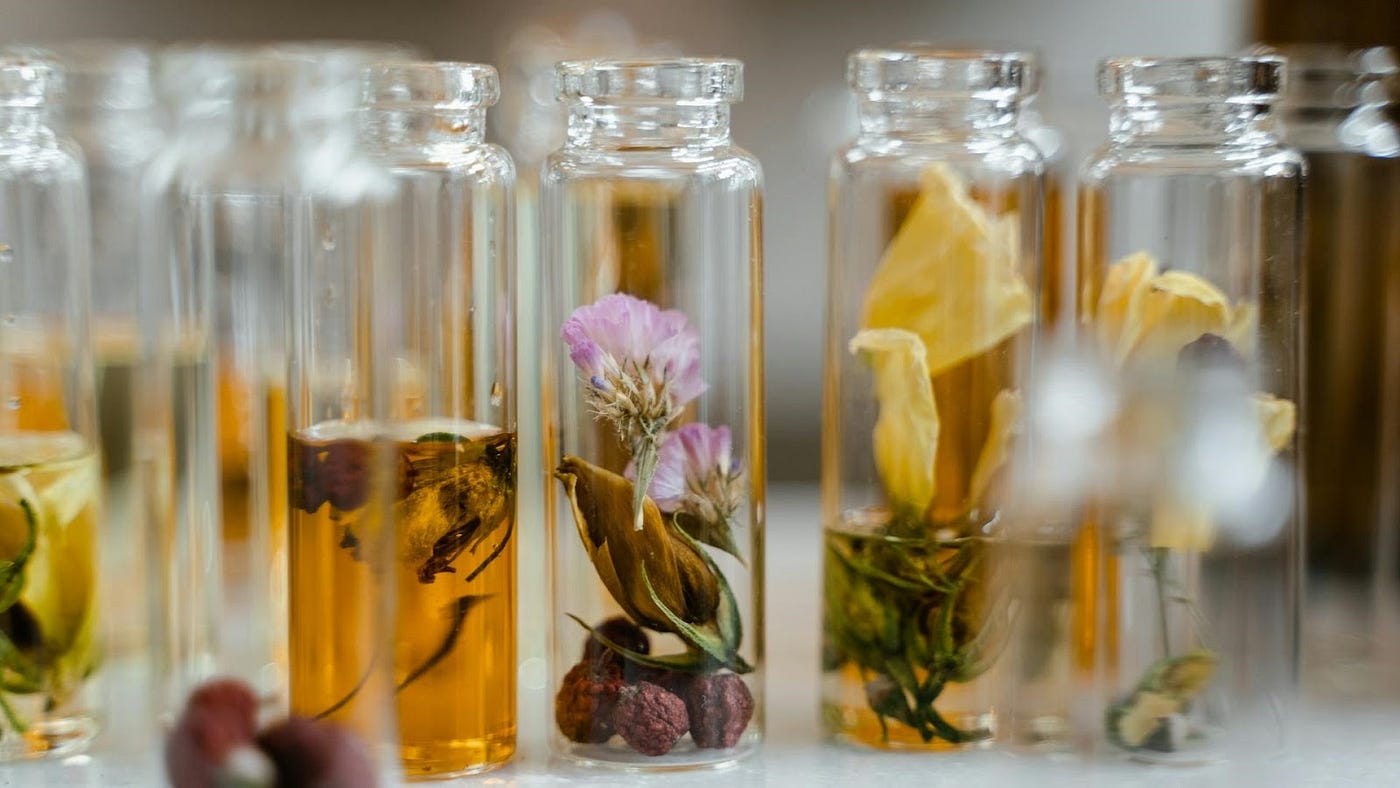Written by Kyra Collins
Edited by CHIQIO
Keywords: olfactory imagery, scent nostalgia, emotional memory, fragrance description, sensory literature
Out of the five senses, smell evokes a strong emotional reaction and memory. Through smell, experiences, memories, and scenes can be imagined with precise detail and imagery. Olfactory imagery is often used in literature with descriptive writing to present a smell to the reader. This creates a realistic experience and smell for the reader through written language. Fragrance descriptions combine olfactory imagery with the experience and scene that smell paints.
Credit: Pinterest.com
Nostalgia
Smell can evoke vivid emotions and memories, providing nostalgia for past events and lifestyles. The human sense of smell is powerful and is thought to be the most powerful sense for emotional reactions. Sense can create a sort of time machine, taking anyone back to a nostalgic memory or experience from the past. Vivid imagery paints the brain through sensational scents and notes by hitting different triggers. Certain fragrances can be deemed nostalgic or remind the user of a nostalgic time.
Credit: Pinterest.com
Childhood scents are usually associated with a large group of people in either a generation or location. These are common scents that bring someone back to a certain time in their childhood. Certain fragrances can also create this nostalgic experience if, for example, they are associated with older relatives or department stores from the past. A daughter may be reminded of her mother or grandmother by one specific perfume or fragrance and can more vividly evoke memories than other senses.
A very prominent scent association is with seasonal smells. Some trademark notes are associated with seasons and can create vivid imagery of the season for anyone smelling it. For example, the fragrance of cinnamon, apple, pumpkin, sandalwood, bonfire, etc. are all scents that immediately paint a picture of autumn landscapes. Seasonal products can sometimes be discontinued but even when they are sold year after year, it is only during the season. Someone may have a favorite scent from fall that is hard to find at any other time of the year.
Credit: Pinterest.com
This can also create a nostalgic experience for sometimes outdated or discontinued products. If someone were to stumble upon a discontinued lotion, perfume, soap, etc. they would be taken back to the time of that product’s life. This creates nostalgia for something that may be rare or nonexistent now, but because of the power of the sense of smell, this memory can be experienced again.
Fragrances whether seasonal, holding a personal connection, or trending, all create aromas in the mind’s eye. Olfactory Imagery paints the descriptive literature of scent and the vivid imagination a fragrance evokes.
Creating Olfactory Imagery
Literature, description, and scent explanation use olfactory imagery to describe a scent in detail. Through descriptive adjectives, detailed length, and a set of keywords, a scent can be described almost perfectly for olfactory imagery.
Literature uses immense detail in stories and scripts to explain a scent to the reader. This detail allows the reader to envision the same senses and scenery that the writer imagined. Figures of speech such as metaphors and similes compare scents and objects together to create the olfactory imagery that is being described.
This same tactic and poetic writing style is used in product descriptions as well. For perfumes, lotions, body/beauty products, etc. the fragrance and scent need to be explained in detail if the user wants to experience the imagery before purchasing. Better olfactory imagery helps a user choose between scents and purchase new perfumes relating to their preferences.
Keywords and associated descriptives to certain notes help describe fragrances. Words like “woody” or “floral” describe two different and distinct notes in a perfume. These words through olfactory imagery and popularity of use are commonly associated with specific emotions, seasons, scent tones, and sometimes brands. Keywords can help an author create imagery of scent to a reader, a brand describe a product’s scent to the consumer, or share experiences with others using a perfume.
Credit: Pinterest.com
Chiqio’s Descriptions
Chiqio uses olfactory imagery and emotion to describe perfume scents to buyers. This not only paints the backstory of scent creation but helps consumers to imagine the fragrance. Descriptive adjectives and relations to scents in nature help a buyer when choosing between “Mountain Rain” and “Forest Child” for smell preference or design interest.
Chiqio also encourages the community to share art among others through the website, social media, and Discord server. In these discussions, olfactory imagery is used to share experiences and imaginations from Chiqio perfumes and other fragrances.
Olfactory imagery can be a powerful and descriptive way to present the sense of smell, and the impact scent can have on any given experience.



 No products in the cart.
No products in the cart.